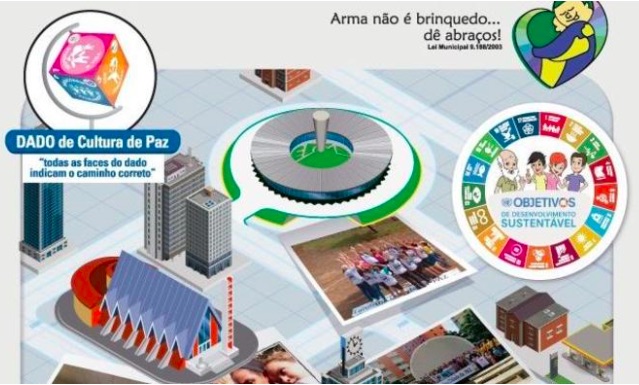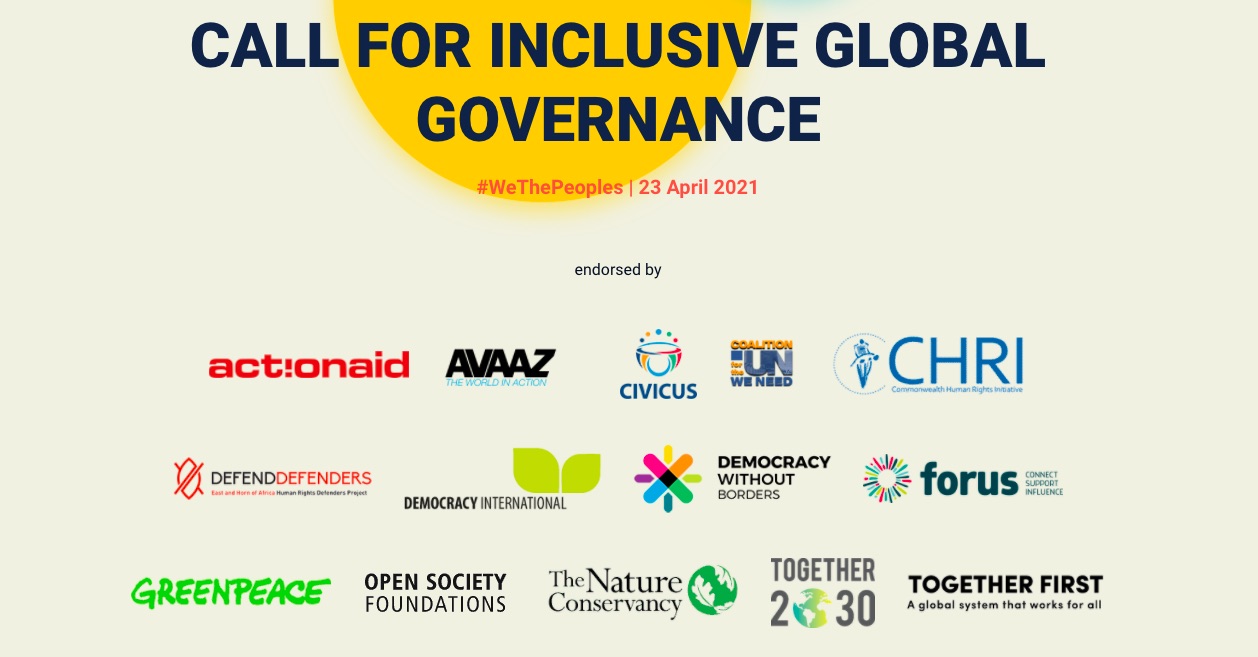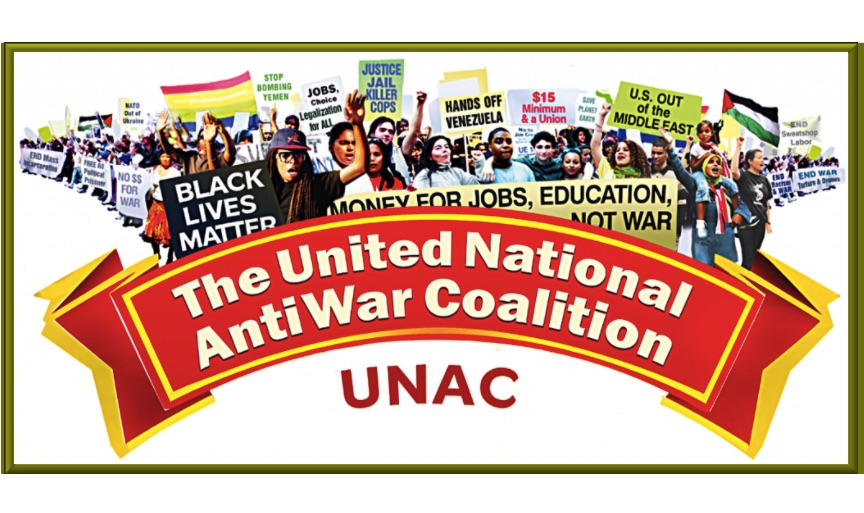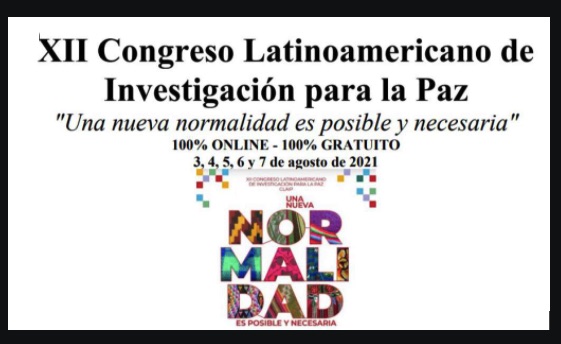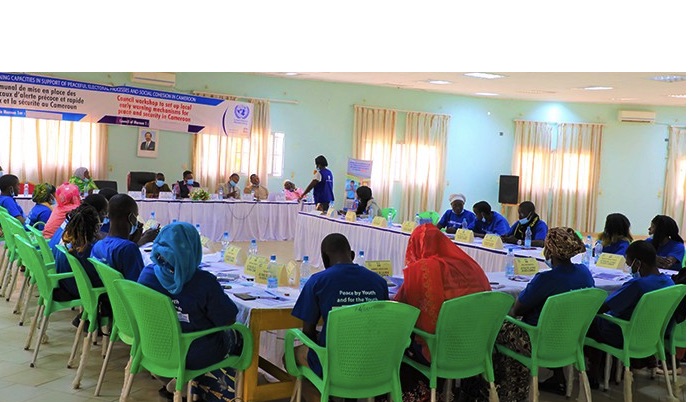. . DEMOCRATIC PARTICIPATION . .
Excerpts from the ICP Strategic Plan
EXECUTIVE SUMMARY
Since its founding in 2009, International Cities of Peace has achieved much success in both growth and impact. Last year, the Association of peace cities exceeded membership of 300 Cities of Peace in over 60 countries and the growth has accelerated.

Yet as organizational icon Marshall Goldsmith said, “What got you here, will not get you there.” Getting “there” is a huge challenge: to put in motion a tipping force for world peace by helping establish Cities of Peace across the globe.
History shows us that the dream of world peace is illusive. Violence and injustice continue, seemingly, unabated. The global Cities of Peace movement has potential to change that dynamic yet we must be highly innovative, committed, and organized for sustainable growth.
This Strategic Plan is intended to do the following:
• Clarify and communicate the essential nature of International Cities of Peace • Ensure the organization is sustainable over time
• Limit the liability that plagues large organizations
• Organize to achieve our Growth Goal by Year 2025
The intended audiences of this Strategic Plan are those involved in the Cities of Peace movement, including board members, volunteers, community liaisons and team members, advisors and alliances, donors, friends, and the general public.
If you have questions, comments, ideas, or especially the desire to volunteer for this monumental and historic goal, please know that we need you. Send an email describing your thoughts on peacebuilding to: info@internationalcitiesofpeace.org
STRATEGIC GROWTH GOAL
International Cities of Peace will grow to 1000 Cities of Peace by Year 2025 to put in motion a tipping force for global peace.
Based on a standard physics term, a “tipping force” is the energy necessary to overcome the status quo when the momentum of change becomes too strong to resist. It is akin to Gandhi’s “Truth Force” for nonviolent change. The strong energy of peace, so long anticipated, is being created by Cities of Peace across the globe. . . .
THE CITIES OF PEACE MOVEMENT
Understanding that the world has thousands of peace initiatives, International Cities of Peace has organized as an association rather than a hierarchical, top down enterprise. Rather than the usual NGO approach of “telling people how” to find peace, the ICP Association gathers together “in situ” (or in the situation) peacemakers and respects their understanding of community needs and solutions.
As a strategy, International Cities of Peace operates with a small, all-volunteer staff to maintain a humble and efficient organization for expanding and empowering a large network of Cities of Peace around the globe. As a not-for-profit association, International Cities of Peace forms alliances with global peace leaders, promotes free skills development, encourages City-to-City collaborations, and provides official Certificates and Recommendations for member communities. . . .
THOUSANDS OF YEARS IN THE MAKING
The Cities of Peace ideal envisions small and large communities at peace, where all citizens enjoy the three freedoms — the freedom to be safe, to prosper from hard work, and to find a quality of life that enables people to achieve their purpose.
The Association is, indeed, only a part of humanity’s evolutionary drive toward a global culture of peace. . . .
(article continued in right column)
Question related to this article:
How can culture of peace be developed at the municipal level?
(article continued from left column)
VISION, MISSION, AND GOALS: WHY, WHAT, AND HOW
Foundational Vision (WHY International Cities of Peace?)
To ensure everyone’s right to safety, prosperity, and quality of life, the consensus values of global peace.
• The purpose of International Cities of Peace (ICP) is to advance the cause of global peace.
• Cities, as the living center closest to people, are necessarily held accountable by their citizens to work toward peaceful communities and the public good.
• Peace is defined as a practical endeavor by ICP — the consensus values of safety, prosperity and quality of life for ALL in the community.
Essential Mission (WHAT do we do?)
To build a scalable network of “in situ” teams committed to peace-building in Cities of Peace around the world.
• International Cities of Peace provides a platform to facilitate community Action Plans to achieve personal and community transformation toward a practical, substantive culture of peace.
• To establish a City of Peace entails a unity proposition to engage diversity and all members of a community. • ICP Central works with “in situ” leaders who form working teams to develop a vision, mission and goals to facilitate practical community transformation.
Each City of Peace has a legacy of peace that is documented and valued.
• Nonviolent solutions are the only mode of operation for peacebuilding in a City. • The UNESCO Culture of Peace resolution provides guidance (see Letter of Intent) • The Golden Rule provides a way to engage all spiritual paths.
Essential Goal (HOW do we organize to achieve our vision?)
To certify and recommend thousands of self-organized municipalities as Cities of Peace in order to put in motion a tipping force for global peace.
• International Cities of Peace does not tell communities how to organize for peace, but rather relies on “in situ” leaders to know what needs to be done.
• Cities of Peace, Inc. is at every level an all-volunteer organization; volunteers do not receive monetary compensation or use ICP for personal salary or business interests.
• Official City of Peace Liaisons are not employees but independent voluntary contacts for two-way communication between their City and the Association.
• Financial goals are limited to necessary operations and efficient programming. In rare instances, ICP facilitates financial or in-kind support between Cities.
• The Valued Provider Program is a non-binding alliance between the Association and mentors who provide free services.
• The City-to-City Collaboration Program enables independent, non-binding City- to-City working alliances for a specific purpose as defined and authorized by all parties in the collaboration. . . .
THE PROCESS TO ESTABLISH A CITY OF PEACE
. . . .
1. Print and send the Letter of Intent with Peace Team signatures and contact information for quarterly newsletter. Information is secure and not distributed.
2. Develop a vision, mission, and goals statement as detailed as possible.
3. Email photos and captions of your peace team, local events, locations, or historical events. (Send with photos an email accepting liability for and releasing ICP of liability for copyrighted photos sent without permission.)
4. Send non-copyrighted photo and background information for the Liaison and/or dignitary as the single point of contact for the community.
5. Write a statement about the peace legacy of your community (advances and challenges in peace, health, education, history, etc.).
Upon completing the five-step process, as outlined above, the City receives a Certificate as a member of the Association of International Cities of Peace. In becoming a City of Peace, community working teams develop and implement Action Plans for practical peace initiatives. After one year of successful work for peace, the Liaison can submit to the Association’s Executive Facilitator the City’s Action Plan and receive a Recommendation, which can be used to approach granting organizations for special projects. Each City can renew their Recommendation by submitting their Action Plan results every three years.
